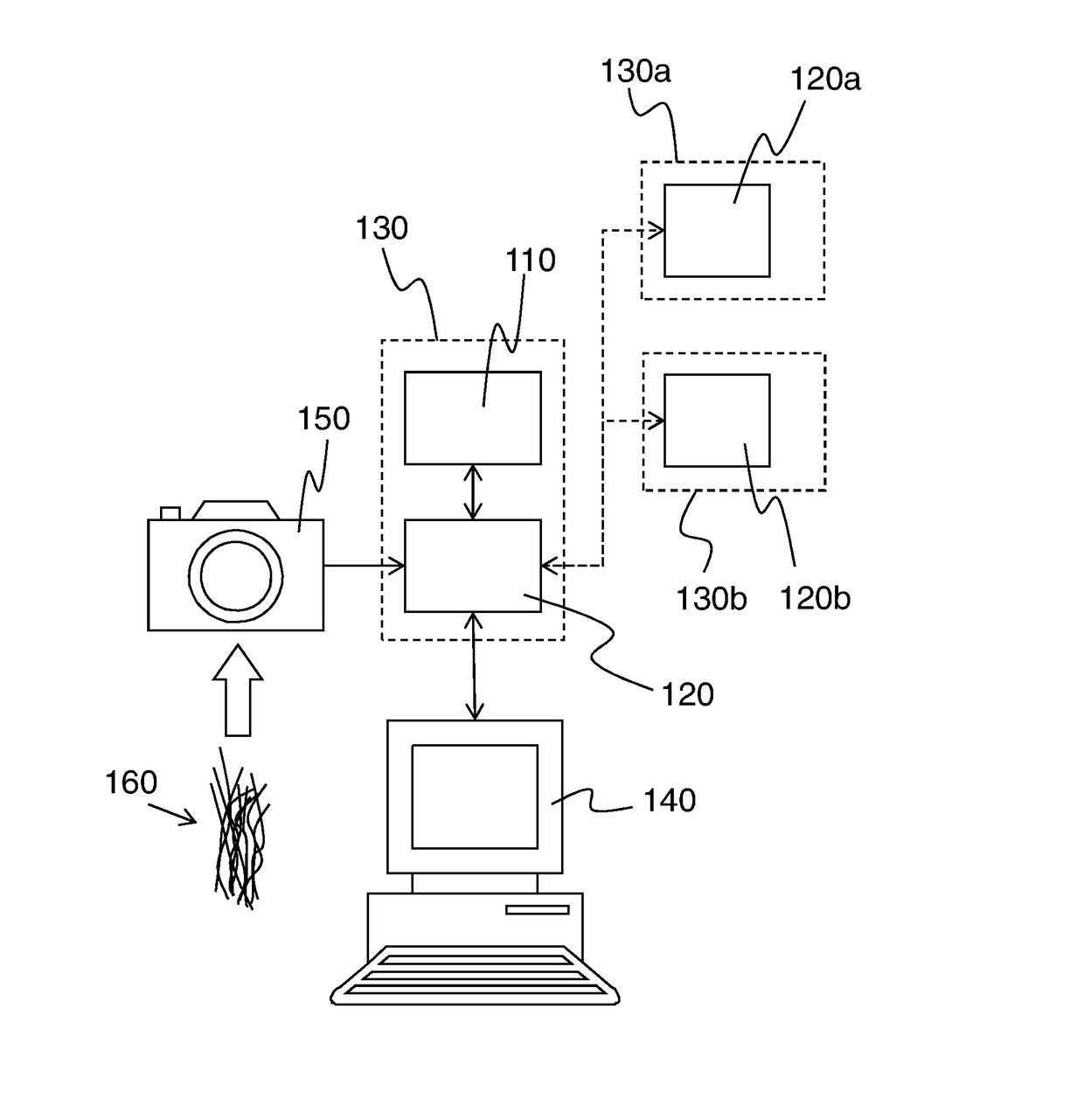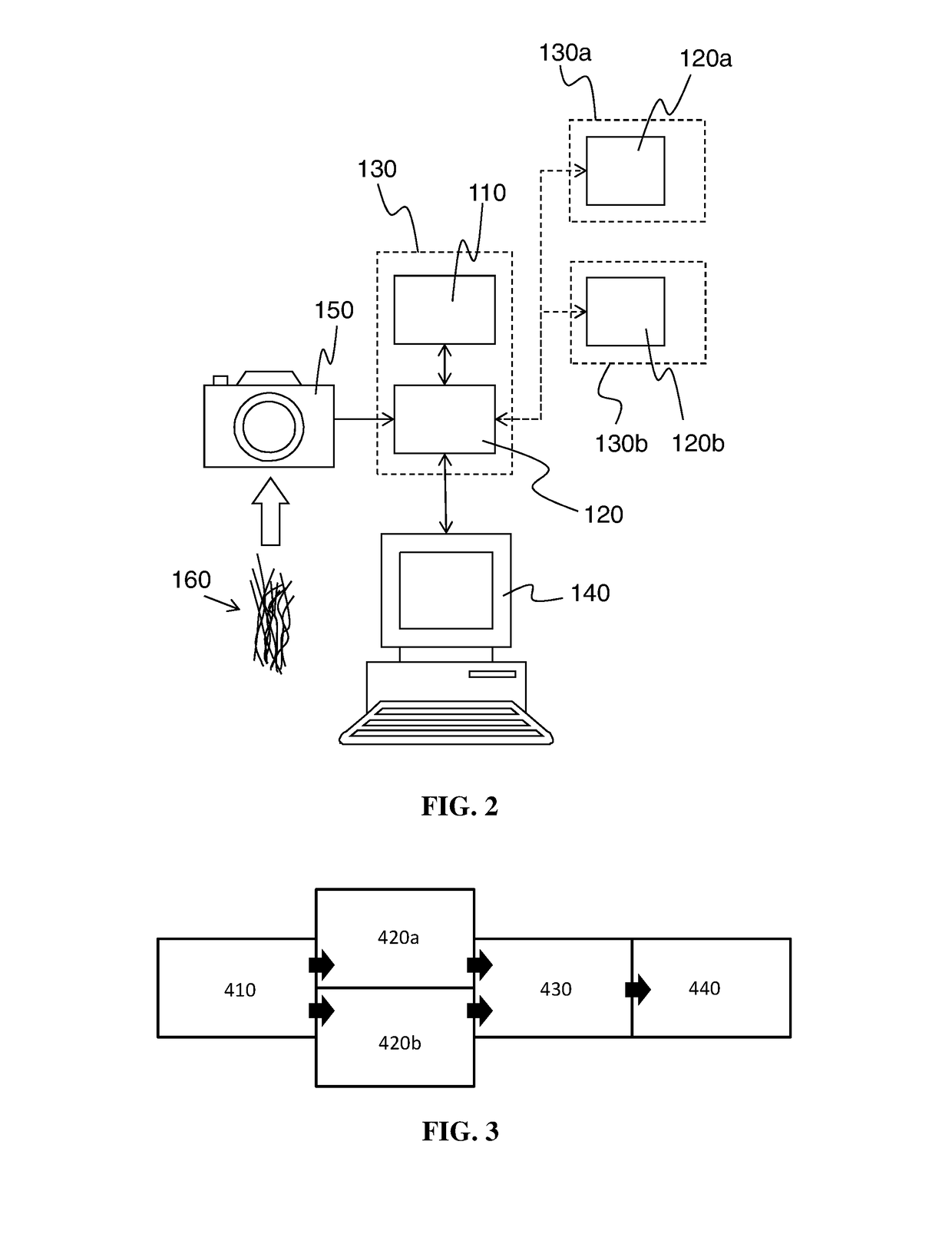Calculating a composition for a preparation for treating hair fibers
a technology for hair fibers and compositions, applied in the field of calculating compositions for preparations for hair fiber treatment, can solve the problems of difficult communication and understanding of precise target shades, further complicated, and complex preparations, so as to avoid color vector bias, reduce color differences, and facilitate control
- Summary
- Abstract
- Description
- Claims
- Application Information
AI Technical Summary
Benefits of technology
Problems solved by technology
Method used
Image
Examples
Embodiment Construction
[0119]The following patent applications will be referred to in the description below, to ensure a clear, concise, and complete explanation of exemplary embodiments of the invention, while avoiding unnecessary repetition of details that have been disclosed previously in other contexts. These applications are hereby incorporated by reference in their entirety: European patent application number 14189661.3, filed 21 Oct. 2014; and international application number PCT / US2013 / 027268, filed 22 Feb. 2013 (international publication number WO 2013 / 126657).
[0120]As used herein, the term optically correct or photorealistic refers to an image which accurately portrays the interaction of visible electromagnetic radiation with a fibrous structure of particular optical properties.
[0121]As used herein the term color correct refers to an image which accurately portrays a fibrous structure of particular optical properties illuminated by a visible electromagnetic radiation source having a particular e...
PUM
| Property | Measurement | Unit |
|---|---|---|
| average diameter | aaaaa | aaaaa |
| average diameter | aaaaa | aaaaa |
| average diameter | aaaaa | aaaaa |
Abstract
Description
Claims
Application Information
 Login to View More
Login to View More - R&D
- Intellectual Property
- Life Sciences
- Materials
- Tech Scout
- Unparalleled Data Quality
- Higher Quality Content
- 60% Fewer Hallucinations
Browse by: Latest US Patents, China's latest patents, Technical Efficacy Thesaurus, Application Domain, Technology Topic, Popular Technical Reports.
© 2025 PatSnap. All rights reserved.Legal|Privacy policy|Modern Slavery Act Transparency Statement|Sitemap|About US| Contact US: help@patsnap.com



